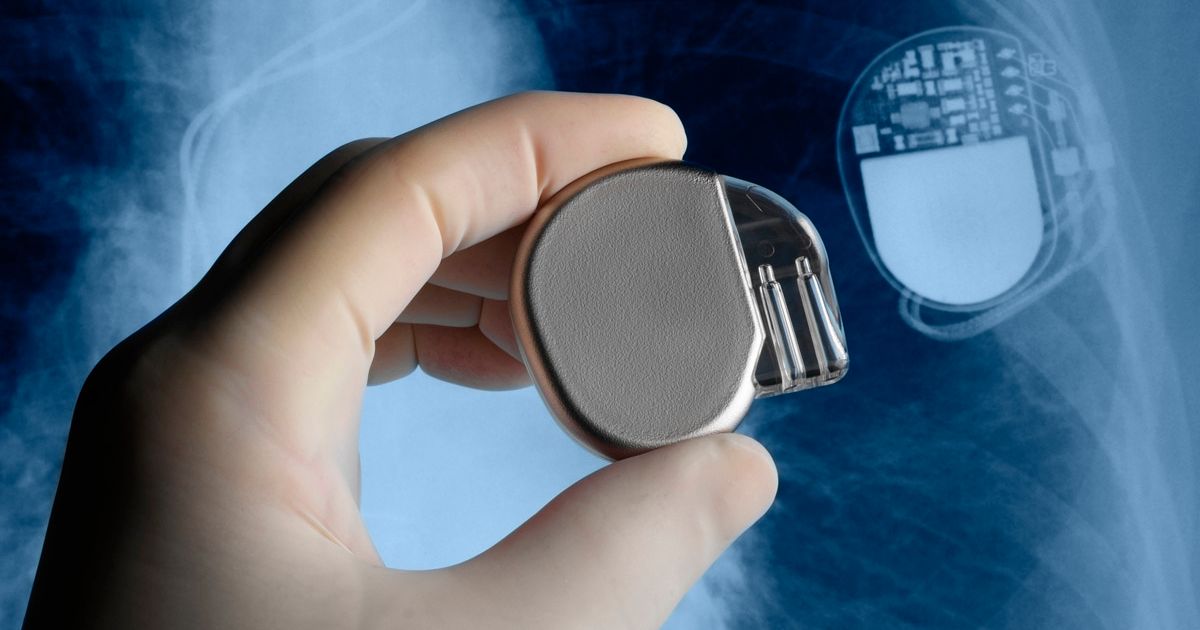How To Treat An Arrhythmia
Everyone's heart is supposed to have a regular rhythm to it that comes in at a certain amount of beats per minute. A person's heartbeat should be consistent to the point where they're unaware of it when not focusing their attention on the rate or rhythm of the heartbeat. When someone is suffering from arrhythmia, it's possible their heart is beating too slow, too fast, or at a rhythm that's simply considered irregular in another manner. There are several arrhythmia types patients could be affected by, each of which come with minimal symptoms save for a fluttering in the chest or a slow or racing heartbeat. The presence of arrhythmia can cause a wide range of dangerous complications, which is why it's essential to obtain treatment for an arrhythmia before it worsens.
Pacemaker Insertion

One treatment option available for a variety of arrhythmias is pacemaker insertion. A pacemaker is a type of implantable device that can actually control the rhythm of an individual's heart. If the rhythm is irregular, the placement of a pacemaker will allow a more normal heartbeat, which will stave off any complications from the arrhythmia. A pacemaker is a tiny device positioned directly under the skin just below the patient's collarbone. This can be achieved in a small surgical procedure. During this procedure, the wire connected to the pacemaker will be filtered over to the heart, which is where it will be permanently positioned. Once the pacemaker is implemented and is working properly, tiny electrical impulses will be sent to the patient's heart, which helps to stimulate the heart and create a more normal beat pattern.
Learn more about how to treat an arrhythmia now.